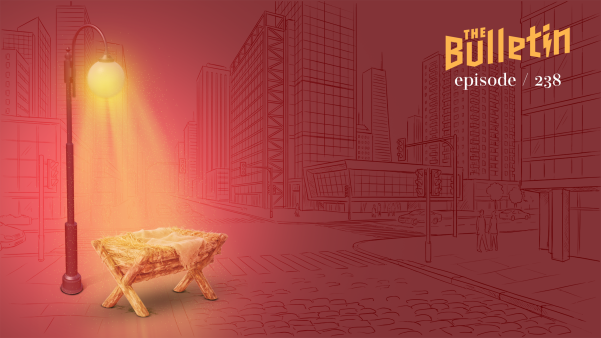Slave songs typically consisted of four-line stanzas alternating with four-line choruses. Within that structure, solo verses alternated with refrains.
Stanzas most often took the aaab form (three repeated lines and a refrain) or aaba form (two repeated lines, one new line, then a repeat of the first line). Occurring less frequently was the abcd form (no repetition of text).
As the following spiritual illustrates, stanza and chorus were linked through the recurrence of refrain lines common to both:
We’ll run and never tire, (a)
We’ll run and never tire, (a)
We’ll run and never tire, (a)
Jesus sets poor sinners free. (R)
Way down in the valley, (a)
Who will rise and go with me? (b)
You’ve heard talk of Jesus, (c)
Who set poor sinners free. (R)
The lightning and the flashing, (a)
The lightning and the flashing, (a)
The lightning and the flashing, (a)
Jesus sets poor sinners free. (R)
Most melodies used the notes of either the major scale (seven notes) or the pentatonic scale (five notes) with flatted (or “bent”) tones.
Rhythmically, slave songs were most frequently in simple duple meters (two beats per measure) as opposed to triple meters.
What gave a distinctive African character to most of the slave songs was the call-and-response pattern. Overlapping occurred: individuals began the refrain before the leader concluded his solo “call,” and the leader began to sing the “call” before the group had finished singing the chorus.
Even though slave songs were transcribed as single-line melodies, usually they were not sung in unison. The singers followed the melodic line for the most part, but they allowed themselves to wander from it when its notes were too high, when the text called for special emphasis, or when more variety was needed.
Recurrent themes in both religious and secular folksongs included faith, hope, patience, weariness, and the struggle to be free.
Angela M. S. Nelson is a doctoral candidate in American culture at Bowling Green (Ohio) State University.
Copyright © 1991 by the author or Christianity Today/Christian History magazine.Click here for reprint information on Christian History.










